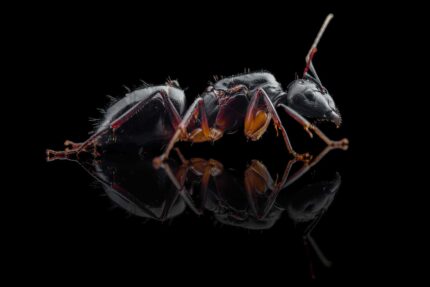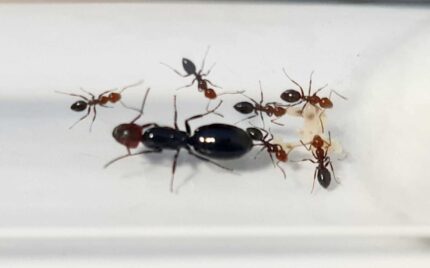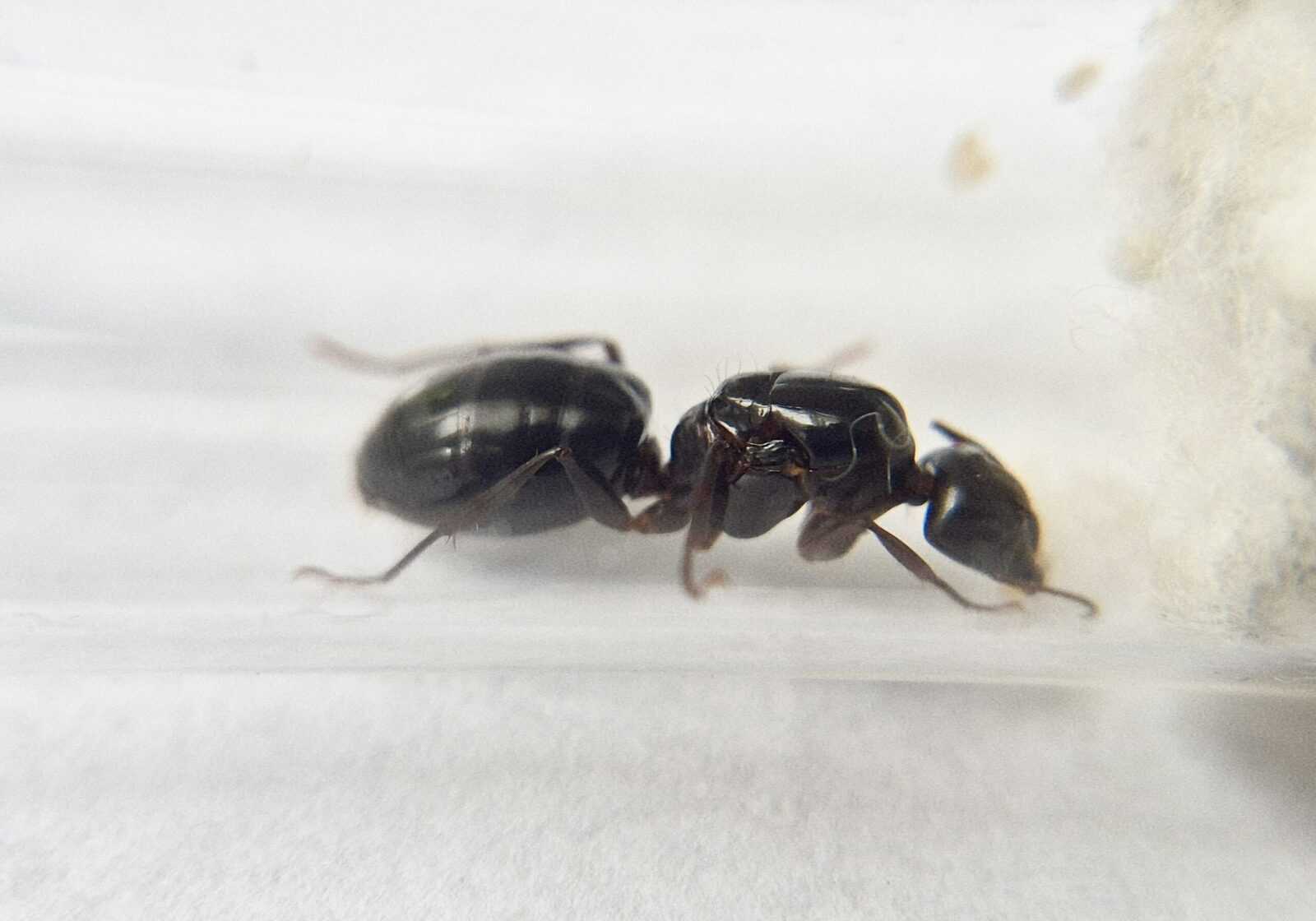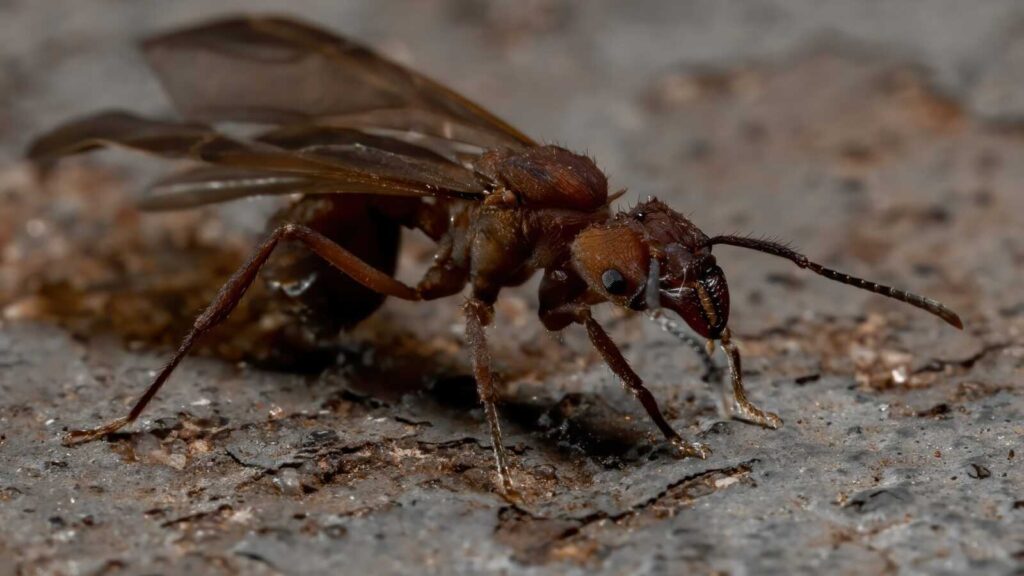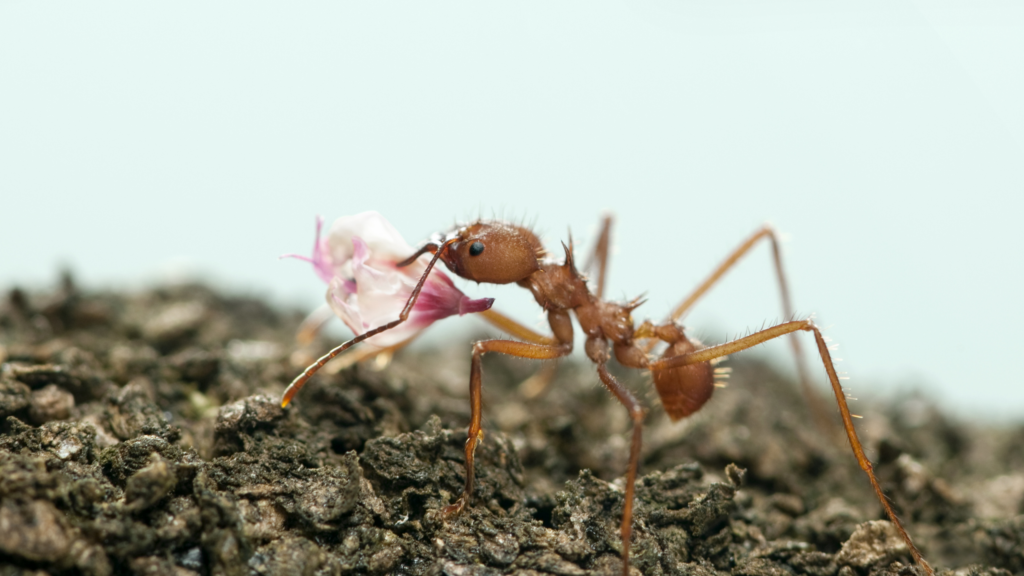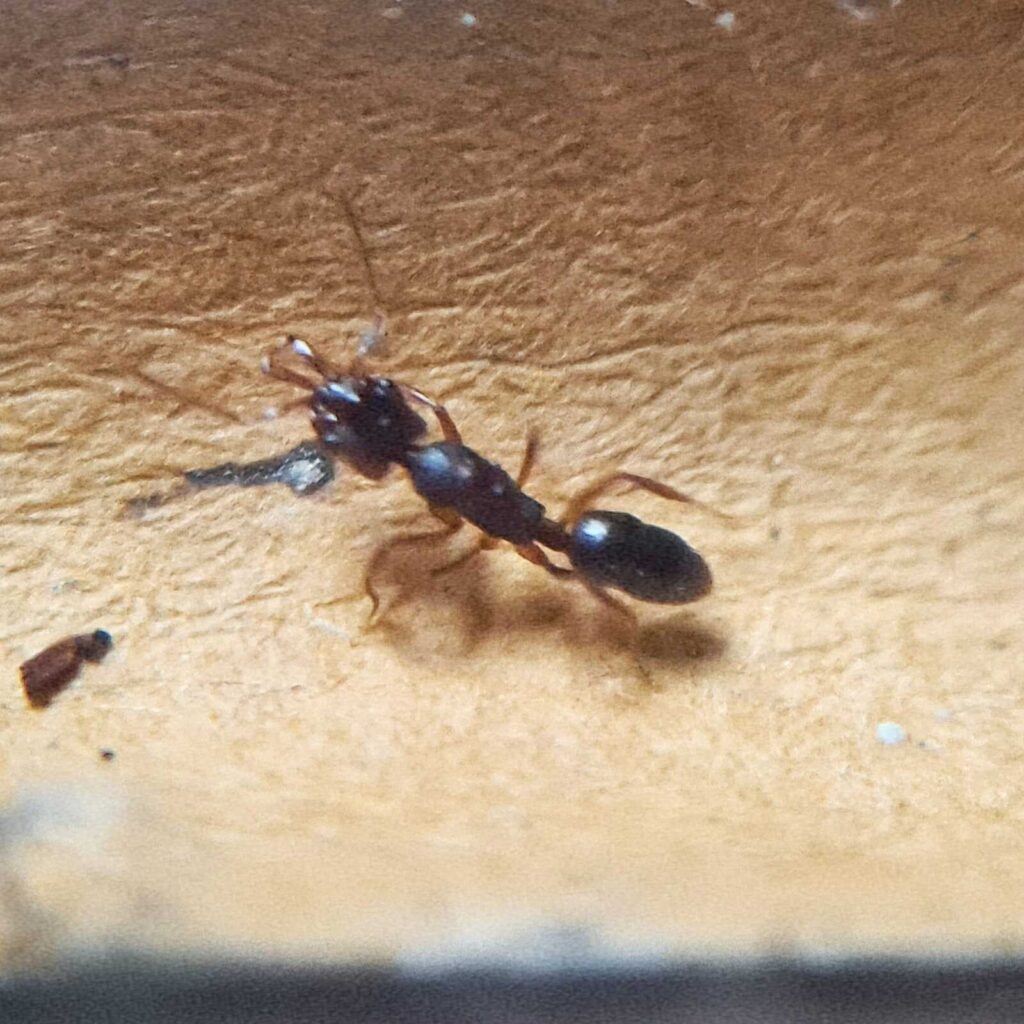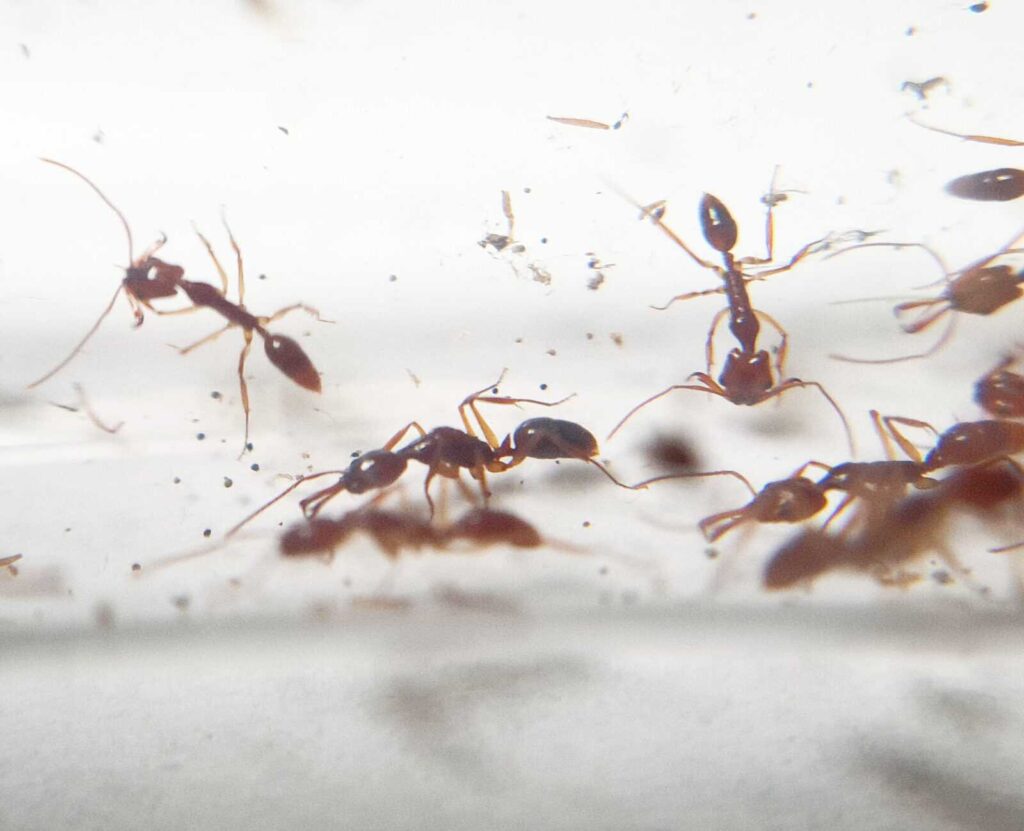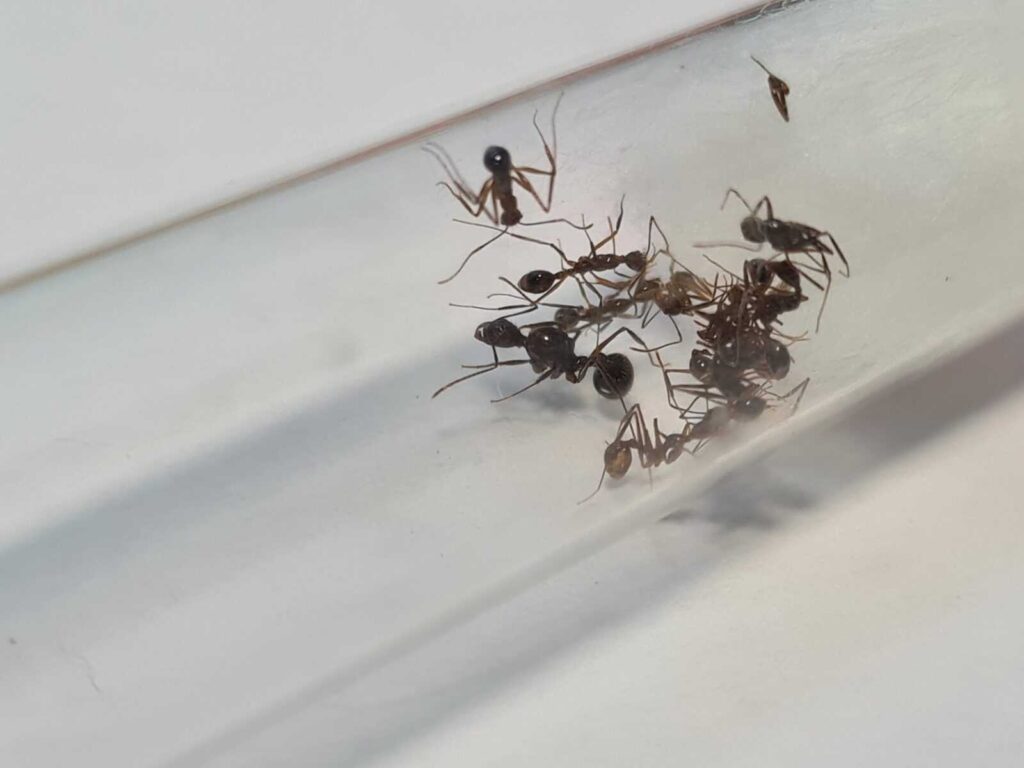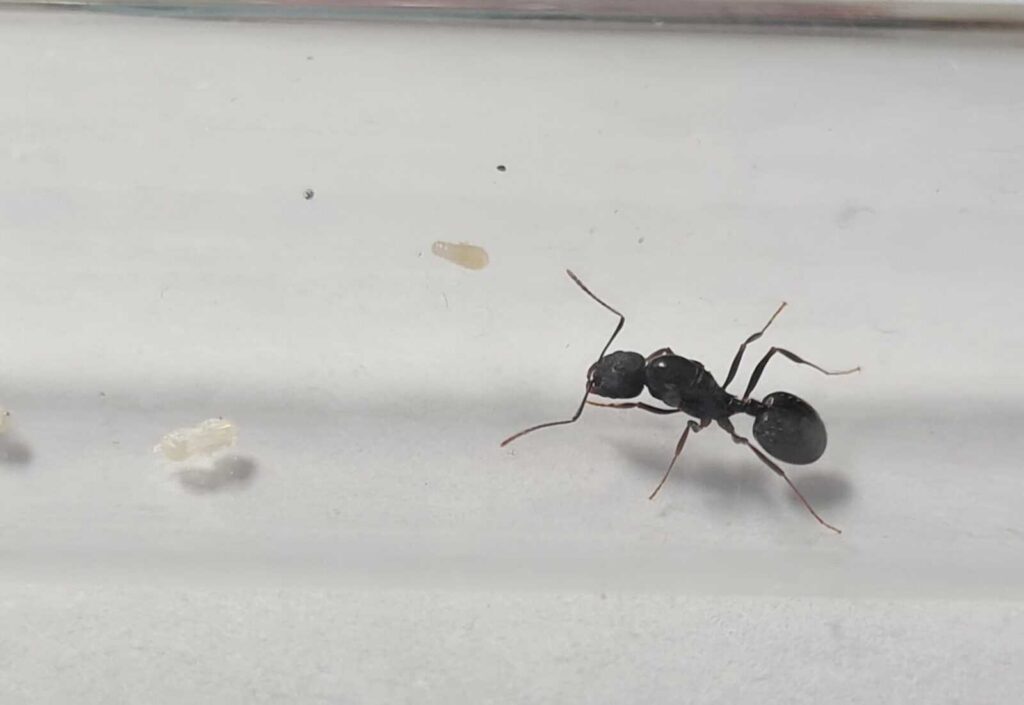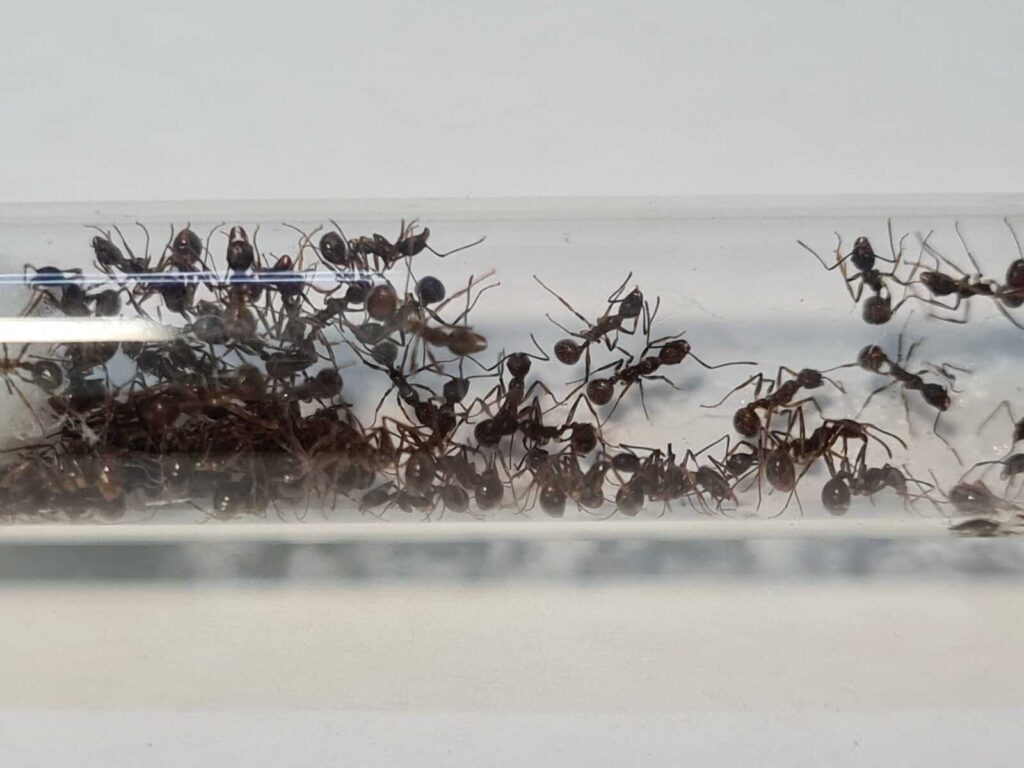Camponotus largiceps
209,90 zł – 329,90 zł
Worldwide shipping
Free delivery over 500 PLN
The highest quality of goods
Live delivery guarantee
24/7 Personal Support
Fair Prices
Description
Camponotus largiceps is a species of ant with a distinct size and color. It requires specific nutrition and humidity levels, as well as temperature guidelines for proper development. Overall, Camponotus largiceps is a unique species that requires specific care and conditions for optimal growth and development.
Additional information
| Behavior | |
|---|---|
| Difficulty in breeding | |
| Origin | |
| The size of ants | |
| Wintering |
Camponotus largiceps: The Fascinating Ant Species
Camponotus largiceps, also known as the Carpenter ant, is a remarkable ant species that offers a unique and intriguing perspective into the world of ants.
Size and Color of Camponotus largiceps
- Queen: 17-19 mm
- Workers: 6-11 mm
They have an impressive head size, hence the name “largiceps,” which translates to large head. The ants exhibit an intriguing variety of colors, ranging from black to reddish-brown, which adds to their visual appeal.
Nutrition for Camponotus largiceps
- Food insects (such as cockroaches and crickets) dead, or live if colony is big
- Syrup (a mixture of water and honey or sugar, with a ratio of 4/3 water:1)
- Fruits and vegetables
- Jelly
- Cooked chicken without salt, shrimps
- Honey
Humidity and Temperature Guidelines for Camponotus largiceps
- Humidity: Arena: 50-70%, Nest: 50-70%
- Temperature: Arena: 24-30 °C, Nest: 22-26 °C
Developing Camponotus largiceps
Camponotus largiceps colonies typically consist of a queen and her workers. The queen is responsible for laying eggs, which eventually develop into new ants. The development process of Camponotus largiceps involves a series of stages: egg, larva, pupa, and finally, an adult ant.
After mating, the queen will find a suitable location to establish her colony, typically within decaying wood or similar natural constructs. She will then lay eggs, which will hatch into larvae after a period of time. The larvae are the most vulnerable stage and require constant care and feeding from the worker ants.
As the larvae grow, they will enter the pupal stage, during which they undergo metamorphosis and transform into adult ants. This transformation takes place within a protective cocoon. Once the adult ant emerges from the cocoon, they take on their respective roles within the colony, aiding in foraging, nest maintenance, and caring for the larvae.
Conclusion
Camponotus largiceps, with their distinctive size, captivating colors, and intriguing behaviors, make for an enthralling addition to any ant enthusiast’s collection. Understanding their size, color, nutrition requirements, humidity and temperature needs, as well as their development process is essential in providing them with a suitable environment for their well-being. By following these guidelines, you can ensure your Camponotus largiceps thrive and provide you with endless fascination as you observe their unique colony dynamics.


